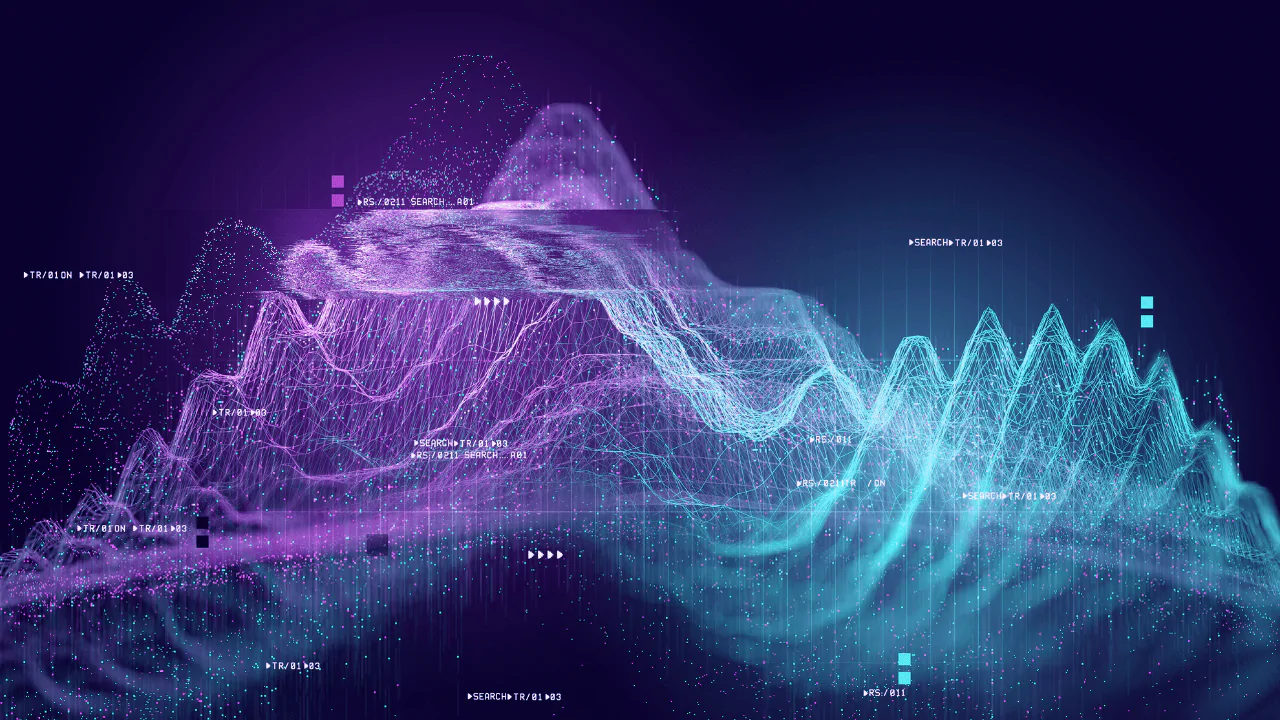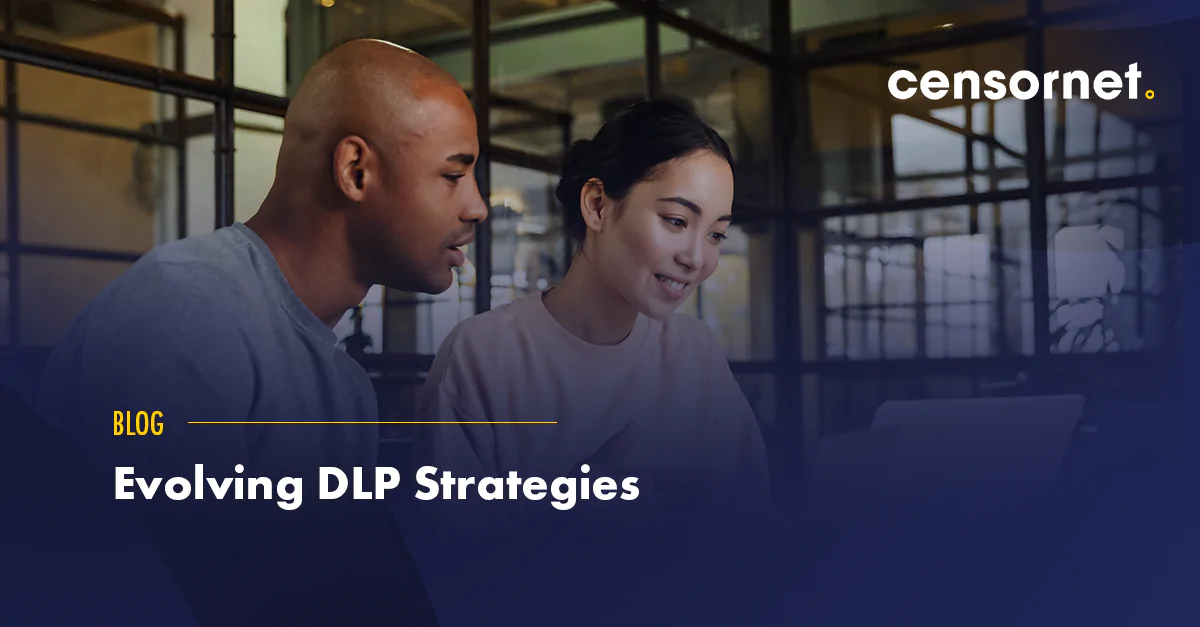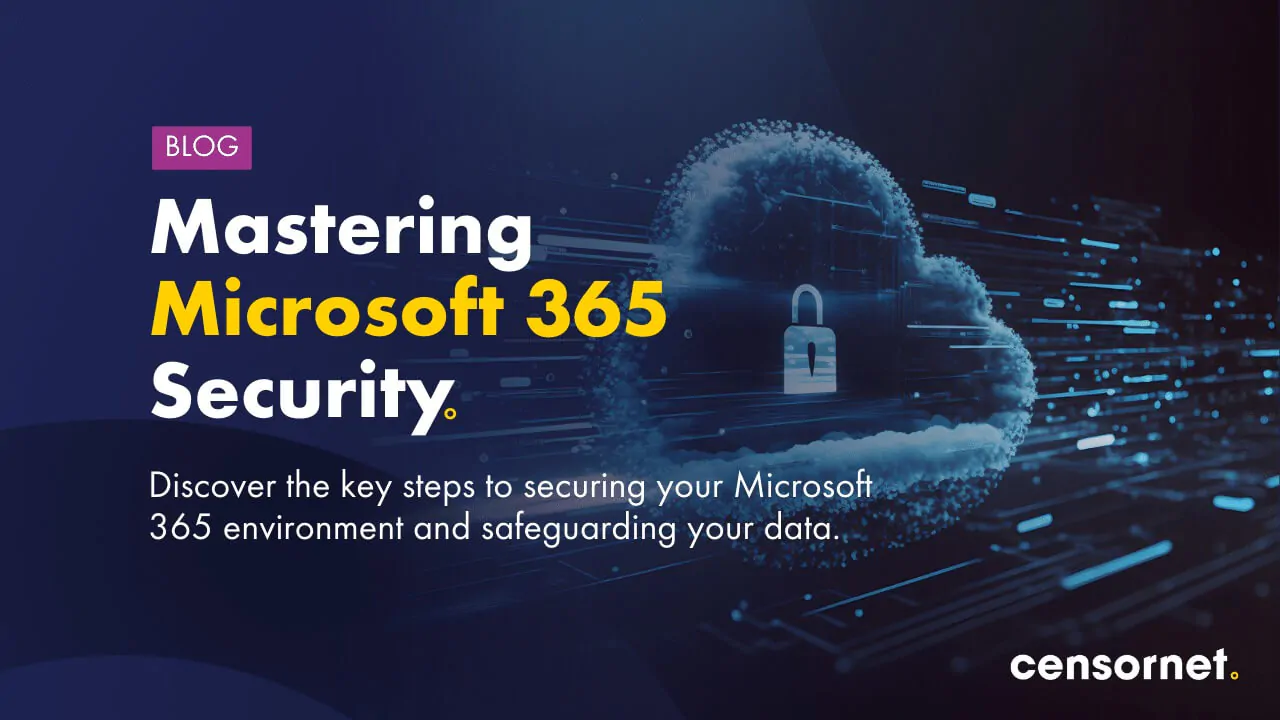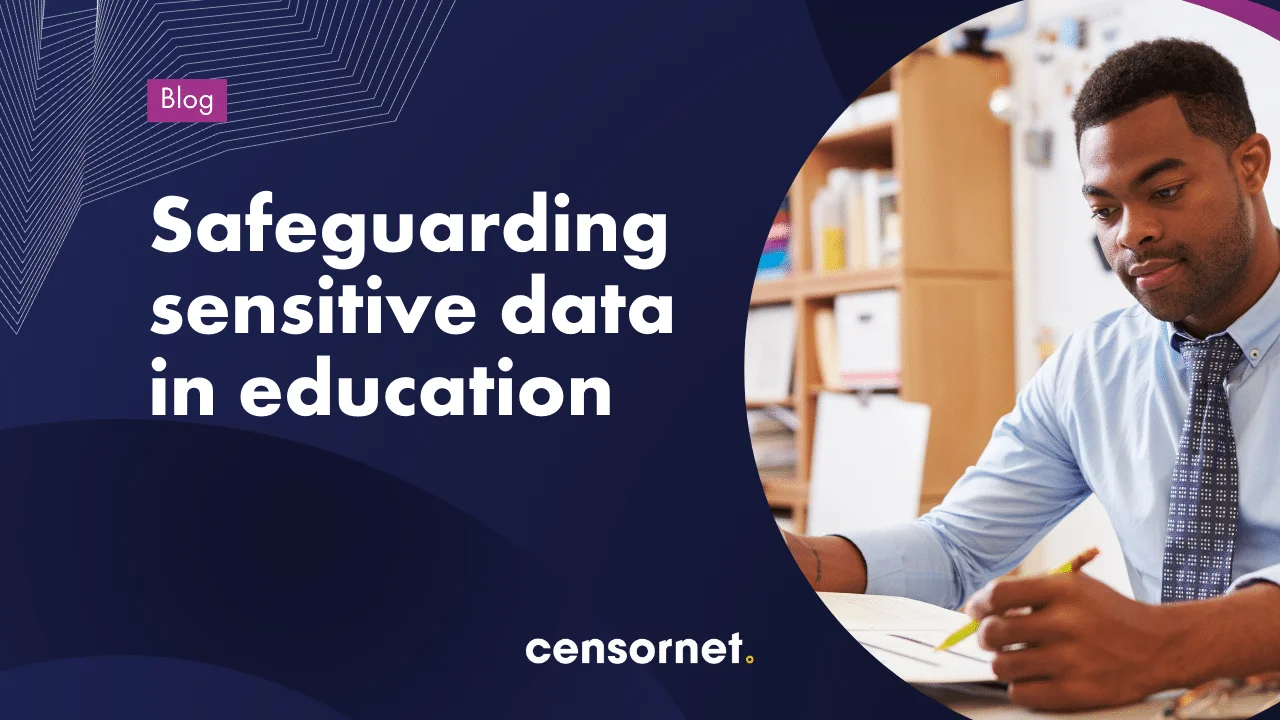What is data loss prevention?
Data Loss Prevention is high on the agenda, and rightly so. SC Media reported the average cost of a data breach could reach $5 million by 2023.
A data loss prevention strategy is the practice of identifying, monitoring and protecting critical data. Data Loss Prevention is a preventative measure that aims to stop unauthorized users from accessing or stealing confidential data. Data Loss Prevention can be used in both public and private organizations to protect against data breaches, intellectual property theft and other malicious activities.
Data Loss Prevention tools, or DLP, are an important security measure that helps organizations prevent unauthorized access, theft, and manipulation of confidential data. DLP solutions can be tailored to fit any organization’s needs, from small businesses to large enterprises. DLP solutions typically include encryption, monitoring and logging activities. DLP also helps organizations detect security threats, identify data leakage, and quickly respond to incidents. DLP is an effective tool for mitigating the risks associated with data breaches and other malicious activities. Implementing DLP can help organizations protect their valuable data from cyber criminals and malicious actors.
Do I Need Data Loss Prevention? 3 Main Uses Cases for DLP
- Regulatory Compliance: DLP solutions can help organizations comply with various data protection regulations, including the GDPR and HIPAA. DLP helps businesses protect their customers’ sensitive data and adhere to industry-specific security guidelines.
- Data Security: DLP solutions help businesses protect their confidential information from the insider threat. DLP can detect when an user attempts to share data, scanning it for sensitive content and then alerting IT teams of a potential breach
- Data Loss Management: DLP solutions can help organizations identify and protect valuable data from accidental deletion or modification. DLP can also be used to track data movement across networks and devices, helping businesses ensure that data remains secure and only accessible by authorized personnel.
In summary, Data Loss Prevention is an effective security measure that helps organizations protect their confidential data from malicious actors and accidental losses. DLP solutions can be tailored to fit the needs of any organization’s security requirements, ensuring that critical information remains safe and secure.
Why Data Loss Prevention? 6 Trends Driving Data Loss Prevention Adoption
- Heightened Risk of Insider Threats: DLP solutions help businesses detect and respond to insider threats, such as fraudulent transactions or intellectual property theft. DLP can be used to monitor user activities and alert IT teams when an unauthorized user attempts to access confidential data.
- Growing Compliance Requirements: DLP solutions help organizations comply with various data protection regulations, including the GDPR and HIPAA. DLP helps businesses protect their customers’ sensitive data and adhere to industry-specific security guidelines.
- Data Privacy Regulations: DLP solutions help organizations implement privacy policies that are compliant with global data protection laws, enabling them to securely manage customer data. DLP also helps organizations track data use and detect any unauthorized access or misuse of customer data.
- Growing Use of Cloud Computing: DLP solutions help businesses protect their data in the cloud from accidental loss, malicious attacks and other security threats. DLP ensures that sensitive information remains secure and only accessible by authorized personnel.
- Exponential Increase in Data Volume: DLP solutions help businesses address the challenge of managing and securing large volumes of data. DLP can be used to identify which data needs protection, as well as track data movement and detect unauthorized access or misuse.
- Growing Adoption of Mobile Devices: DLP helps organizations protect their information from malicious actors when accessed from mobile devices, such as smartphones and tablets. DLP solutions can be used to detect suspicious activity and alert IT teams to potential security incidents.
Want to explore the other trends driving Data Loss Prevention? Censornet VP of Product, Gareth Lockwood explores the 5 ways to prevent data loss with remote workers.







